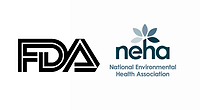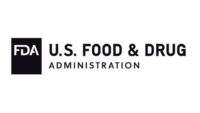New Resources for Risk Factor Studies as Part of Retail Food Program Standards

Image credit: Louis Hansel via Unsplash
The U.S. Food and Drug Administration (FDA) now offers several resources to help state, local, territorial, and tribal jurisdictions complete a risk factor study as part of Standard 9 (Program Assessment) of the Voluntary National Retail Food Regulatory Program Standards.
Completion of a risk factor study and implementation of a focused public health intervention can decrease the occurrence of foodborne illness risk factors and ensure food safety at retail. The newly available resources include: a risk factor study overview and guidance document, sample size statistics guide and calculator, food code reference crosswalk, study checklist, sample restaurant data collection form, sample retail food store data collection form, and marking instructions. FDA retail food specialists are also available to assist jurisdictions with study design, training, and data analysis, including workshops and FDA’s risk factor study database.
In 1998, the FDA National Retail Food Team initiated a 3-part, 10-year study to measure the occurrence of practices and behaviors commonly identified by the U.S. Centers for Disease Control and Prevention (CDC) as contributing factors in foodborne illness outbreaks. In 2013, the National Retail Food Team initiated a new, 10-year study with initial data collections for select restaurant facility types, followed by data collection for select institutional foodservice facility types in 2014 and select retail food store facility types in 2015. The results of the initial data collection for each of the facility types serve as the baseline measurement from which trends will be analyzed. Two additional data collection periods for each of the facility types are planned at 3-year intervals after the initial data collection for the purposes of analyzing trends.
Looking for a reprint of this article?
From high-res PDFs to custom plaques, order your copy today!







